Google Pixel 2 XL review
The Google Pixel 2 XL is a stunning fruit to bear from the company’s still-young focus on melding its software and hardware efforts. It’s refined, confidently serving as a showcase of how far Google’s design (and the stock Android experience powering it) have come in the past few years.
Plus, it’s a launching point for a few interesting debuts, like the intelligent Google Lens feature and the slick, new Pixel Launcher.
In many ways, this is Google’s best phone yet. Its impressive look and stellar, plus-sized screen go toe-to-toe with the fierce competition.The real kicker here are its cameras, which manage to outperform most, if not all, phones that have come before it.
However, this is also the company’s most expensive phone yet. And for that stack of cash, you can easily find a competent option that trumps the Google Pixel 2 XL in terms of hardware features (like expandable storage and wireless charging).
There are also reports of a screen burn-in problems Google Pixel XL when a static image remains on the OLED display for too long. So far, the issues are faint and shouldn't dissuade you just yet. We'll keep this review updated as we hear more and if you want to keep up with the problems impacting some models, head over to our guide that can teach you how to fix some of them.
Interestingly, perhaps the biggest competitor working against the Pixel 2 XL is the smaller Google Pixel 2, which retails for $200 (£170, AU$329) less.
The two are very different in some ways that may matter to you (with the XL offering a larger battery, slim bezels and a bigger, better screen), but the cheaper option provides largely the same experience.
Google touted the lack of differences between the two models as a perk, not-so-subtly digging at Apple’s decision to include the dual rear lens camera only in the iPhone 7 Plus and iPhone 8 Plus.
And it’s true: fewer differences makes for an easier buying decision, effectively reducing it down to size and screen quality preference.
Are you an entertainment junkie who demands stock Android, a large, pixel-dense display, and a forward-thinking design? If so, you’ll be hard-pressed to find a phablet that can take better pictures and is guaranteed to be updated well into the future with Android P and Android Q.
(Update: Google Pixel 2 XL has a few problems we've addressed in our full review, from the faint screen burn-in effect and muted colors to the audio recording distortion when recording 4K video.
Right now, they are all minor flaws that don't appear to be widespread, but ones you should be aware of nevertheless. Google is hard at work on software patches to put a bandage over the problems and all in all, they shouldn't turn you off from this smartphone, especially since it has made it into our list of best Android phones.
Lastly, our reviewer took nothing but a Pixel 2 (well, some clothes, too) on his honeymoon and captured the results, which you can find here.)

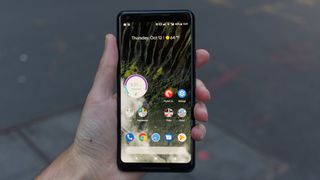
Google Pixel 2 XL price and release date
- $120 more than last year’s Pixel XL, further widening the gap between Pixel 2 options
- At this point, most who pre-order will have device in-hand by end of November
- eSIM technology is great, but works only with Project Fi in the US
The Google Pixel 2 XL release date was October 19 in the US, UK, Canada, Australia, Germany and India.
While the phone is currently available to order, it may not ship to you right away. We’ve noticed that the Google Store for the UK, for example, lists a wait time of five to six weeks for delivery.
As mentioned earlier, the Pixel 2 XL starts at US$849 (£799, AU$1,399) for the base 64GB model, while the 128GB version is priced at US$949 (£899, AU$1,549).
This is more expensive than last year’s pricing scheme, which saw the original Pixel XL sitting at $120 above the smaller option. The result? It now costs $200 (£170, AU$329) more to make the jump between the Google Pixel 2 and the larger version.
In each region where the Pixel 2 XL is available, you can snag it unlocked for the prices listed above, though local carriers, like Verizon in the US, EE in the UK and Telstra in Australia will offer the phone for a monthly rate.
Best of all, many retailers are offering a free Google Home Mini with initial orders.
The Google Pixel 2 XL is the first smartphone to have built-in eSIM technology, meaning no SIM card is required. You just download the necessary credentials to the phone and you’re all set.
Unfortunate for most, this feature only currently works with Project Fi, Google’s own wireless carrier that operates in the US. We're Fi subscribers and were eager to give this a try and it was as simple as we had hoped.

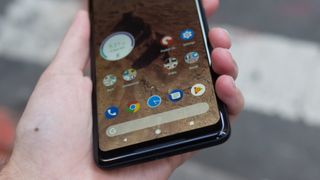


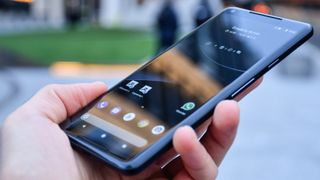
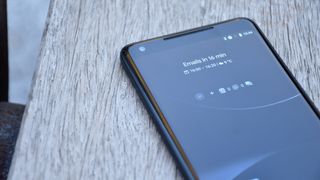

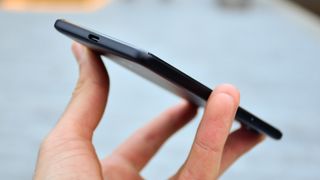

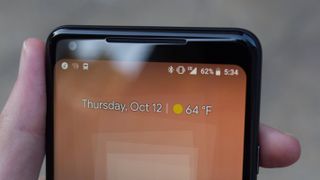



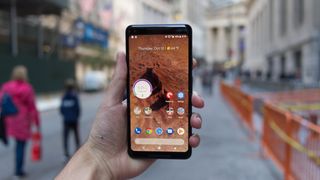
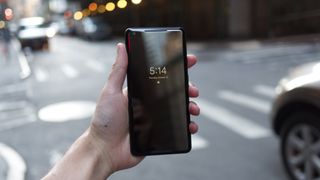





0 comments: